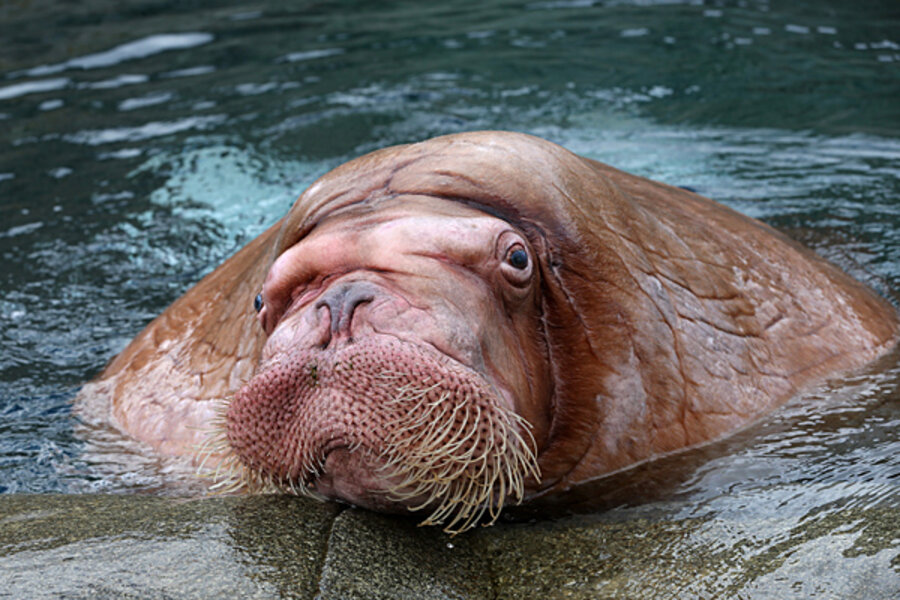25 walruses killed in Alaska: Another poaching case?
Loading...
Federal authorities have begun an inquiry in what initially appears to be an environmental crime: this week, 25 Pacific walruses, 12 of them pups, were found shot on the Alaskan shoreline, several with their heads and tusks removed.
The walrus carcasses were photographed by a person at a radar station at Cape Lisburne, 230 miles northeast of the Bering Strait.
The US Fish and Wildlife Service is still investigating possible motives.
According to I4U News, walrus hunting is only legal for the indigenous population of Alaska. So-called “head-hunting” of walruses is illegal under the Marine Mammal Protection Act (MMPA) of 1972, which “prohibits, with certain exceptions, the ‘take’ of marine mammals in U.S. waters and by U.S. citizens on the high seas, and the importation of marine mammals and marine mammal products into the U.S.”
The MMPA recognized that certain human activities did and continue to have a negative impact on the number of marine mammals in the wild, and therefore makes a conscious effort to protect them.
US Fish and Wildlife Service spokeswoman Andrea Medeiros said investigators are going to speculate in the case. “We can’t come to any conclusions based on a report,” Medeiros said Friday. “You have to go out and investigate.”
It's possible too that the walruses died at sea and were washed ashore. The Alaska Fish and Wildlife services has concluded that walruses have been severely impacted by receding Arctic ice, which reached its lowest ice extent at 4.41 million square kilometers (1.70 million square miles) in early September, the fourth lowest extent recorded since satellites began measuring sea ice in 1979.
Federal authorities were prompted to act quickly on the investigation, as “federal regulations allow anyone to collect bones, teeth and ivory of dead marine mammals found on beaches or land within a quarter-mile of the ocean, though they must follow certain rules,” according to the Associated Press. Walrus skulls with tusk attached are among the most highly prized findings; the ivory collected is often then carved and made into jewelry.
If this incident is, indeed, the act of poachers, it is not the first time that walruses have been killed to sell their body parts. In 2012, two men were charged and later served jail time for the “wasteful” killing of walruses on the remote Round Island, part of an Alaskan game preserve, the Alaska Dispatch News reported. In 2007, dozens of dead walruses were found on Alaskan shores, missing heads and tusks.
Globally, there has been a significant backlash against any kind of poaching. In July, the United States, the second-largest consumer of ivory behind China, pledged a near-total ban on the importation of ivory products, and in August, Thailand destroyed over two tons of elephant ivory to limit their inclusion in the black market.





